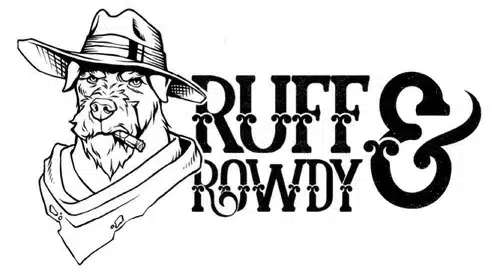I want to share insights into an aspect of our lives that often goes overlooked—the relationship between humans and their furry companions, particularly concerning how connecting with your dog through the role of toys creates a meaningful connection.
In the realm of pet ownership, providing toys for our dogs is a common practice. However, the way we approach this seemingly simple act can significantly impact the bond we share with our four-legged friends.
It’s not just about handing them a squeaky toy or a chewable bone; it’s about creating a dynamic interaction that adds depth and value to the relationship. Imagine a scenario where a dog is surrounded by an assortment of toys, each serving a different purpose—chew toys, squeaky toys, and perhaps even a puzzle toy.
Now, contrast that with a scenario where the same dog is handed a toy without any expectation of engagement. While it may seem harmless, this seemingly generous act can inadvertently devalue the significance of these toys in the eyes of our canine companions.
Connecting With Your Dog Through Play:
Dogs are intelligent and social beings. In the wild, they engage in activities that challenge their minds and bodies, contributing to their overall well-being. When we provide toys without encouraging interactive play, we miss an opportunity to tap into their innate instincts and intelligence. This lack of engagement can lead to boredom, decreased mental stimulation, and even behavioral issues.
By making our dogs work for their toys, we establish a connection that goes beyond a simple exchange. It becomes a shared experience, a moment of bonding that transcends the physical act of playing.
Dogs thrive on challenges, and incorporating a bit of effort into their playtime provides them with a sense of accomplishment and satisfaction. Moreover, this approach helps address behavioral problems. Dogs that are mentally stimulated and engaged in activities are less likely to exhibit destructive behaviors, such as chewing furniture or incessant barking. It channels their energy into a positive outlet, contributing to a harmonious coexistence between human and canine.
Let’s delve into the psychology behind this concept. Dogs are pack animals, and in a pack, there’s a natural hierarchy. By introducing a playful dynamic where the dog has to “earn” its toys through interaction, we subtly reinforce the human as the leader of the pack. This dynamic mirrors the natural order in a way that resonates with the canine psyche, fostering a sense of trust and respect. Interactive play also provides an opportunity for positive reinforcement.
When a dog successfully engages with a toy, a simple praise or a treat can serve as a reward. This positive reinforcement strengthens the bond between human and dog, creating a positive association with both the toy and the interaction itself.
Now, let’s explore the potential downsides of a laissez-faire approach to dog toy interaction. When toys are freely given without any expectation of engagement, dogs may perceive them as mundane objects with no intrinsic value.
In such cases, the toys become mere accessories rather than tools for mental and physical stimulation. Additionally, this approach may contribute to a sense of entitlement in dogs. If everything, including toys, is readily available without any effort on their part, it can lead to behavioral issues rooted in a lack of boundaries. Dogs may become less responsive to commands and more likely to engage in undesirable behaviors.
In conclusion, while providing toys for our canine companions is undoubtedly an act of love, the way we approach their use matters. By incorporating an element of engagement and making our dogs work for their toys, we enhance the value of these objects in their eyes. It’s not just about the toys themselves; it’s about the shared experiences, the positive reinforcement, and the strengthened bond that result from interactive play.
So, the next time you hand your dog a toy, consider turning it into a playful activity that benefits both of you—because, in the end, it’s the shared moments that truly enrich the human-dog relationship.
